The History of Halloween
By Catalogs Editorial Staff
Learn the history of Halloween before trick or treating this year.
Every American has heard of Halloween. We’ve all seen kids dressed as witches, vampires, ghosts, or their favorite movie characters. Halloween has been celebrated in the United States for generations. What most people don’t know about is the history of Halloween. How did it come to be? Where did it originate?
In The Beginning
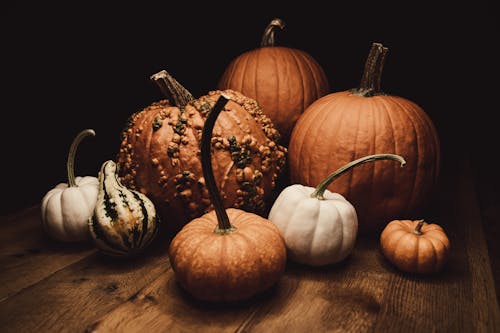
At first, many hundreds of years ago, Halloween began as a harvest celebration. It was a time celebrated by the ancient Gaels of Ireland. The Gaelic people called this ancient Celtic festival Samhain, which was a celebration of the end of the harvest season. It was also sometimes referred to as the Celtic New Year. This was a time when the Gaels would end their harvest and begin preparing for winter, which included slaughtering cows for meat stores.
Halloween as we know it came about because they also believed that it was at this time, October 31st specifically, that the boundary between the worlds of the living and the dead could be breached and the dead could cause disease and ruin crops. As a result, the pagan Gaels would have bonfires during this time and throw the bones of their slaughtered cows into the fire, wearing scary masks to mimic the evil spirits in an attempt to please them and prevent them from wreaking havoc.
All Hallows Eve
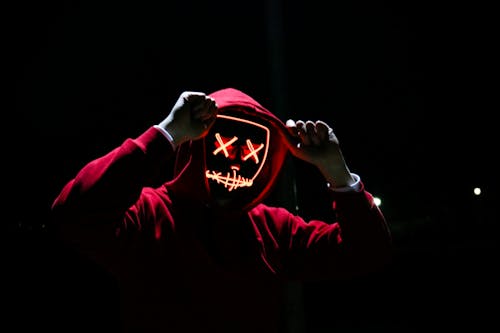
The name Halloween was originally Hallow’s Eve, which was short for All Hallow Evening (now more commonly called All Hallows Eve), named as such because it falls on the day before All Hallows Day or All Saints Day. The Irish brought Halloween to the United States with them while immigrating here during the mass immigration to the U.S. in the 1840’s during the Irish Potato Famine.
The Jack O’ Lantern
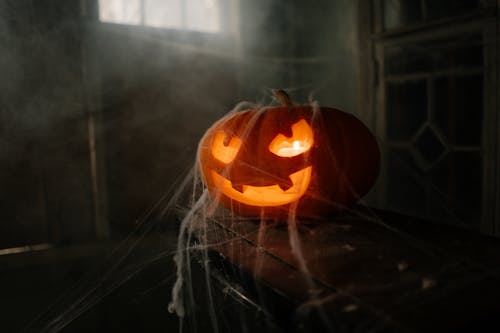
The Jack O’ Lantern, probably the most famous and recognizable of Halloween icons, actually came from two different traditions. In Ireland there was a legend of a man known as Stingy Jack, who tricked the Devil. Trapping him in a tree by carving a cross on it, as the legend goes. The Devil was angry and cursed Jack by forcing him to forever walk the earth. He night lighted his way with a burning ember from hell which he stuck inside a makeshift lantern carved from a turnip. Sothe original Jack O’ Lantern (Literally Jack of the lantern) was a turnip.
In the United States, there had already been a tradition of carving pumpkins that were already taking place. This was when the Irish arrived in the mid-nineteenth century. It had been originally associated with harvest time, just as Halloween had been. However, when the Irish brought Halloween to the U.S, the carved pumpkin would become associated with Halloween. Then they take the name Jack O’ Lantern.
Trick or Treating
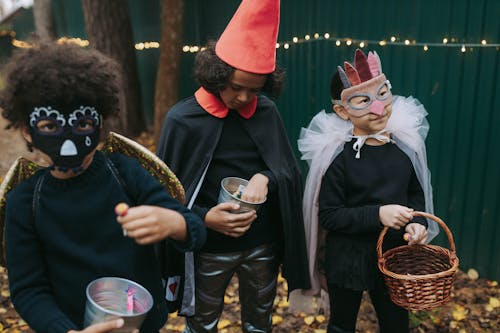
This tradition also originated in medieval Ireland, where beggars would go from door to door on All Hallow Day begging for food in exchange for praying for the dead. At the time, it was called “souling” as the beggars were praying for lost souls.
The first known reference to the practice in the Americas was actually in Canada rather than the U.S. around the turn of the twentieth century. References were soon seen in northern U.S. states and by the 1930’s it was a common practice. The term “trick or treat” also appears to have originated in the 1930’s, but its exact origin is unknown. By the 1950’s the practice was ubiquitous in American society. Originally the term “trick or treat” was meant as a kind of threat. Give me a treat or later tonight I’ll do something to your house or property. Fortunately, in most parts of the country, this aspect of trick or treating has been forgotten.
Halloween Around the World
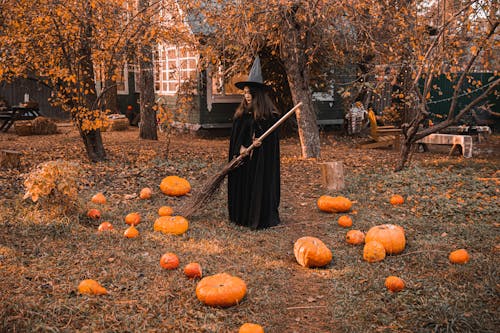
Because Halloween originated in Ireland, it has become a popular event in many English-speaking nations. During the history of Halloween, in addition to the U.S., the celebration has spread from Ireland to the other nations of the United Kingdom, as well as Canada, New Zealand, and Australia.
Popular Savings Offers
In more recent years due to the popularity of America, the practice has also spread to the Middle East and elsewhere around the world.











